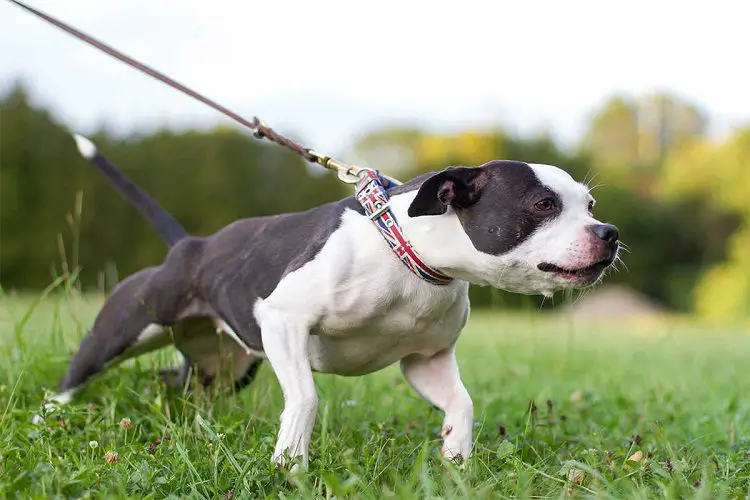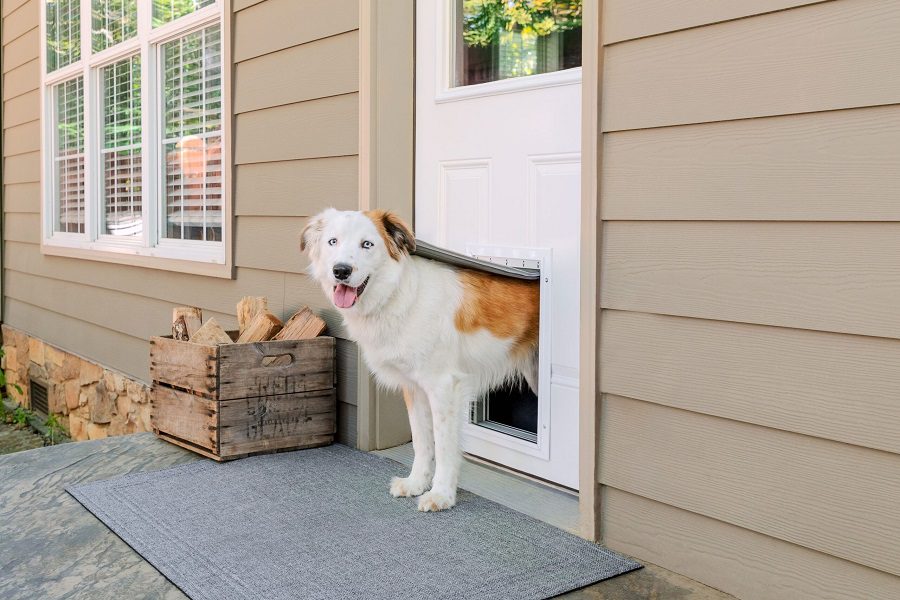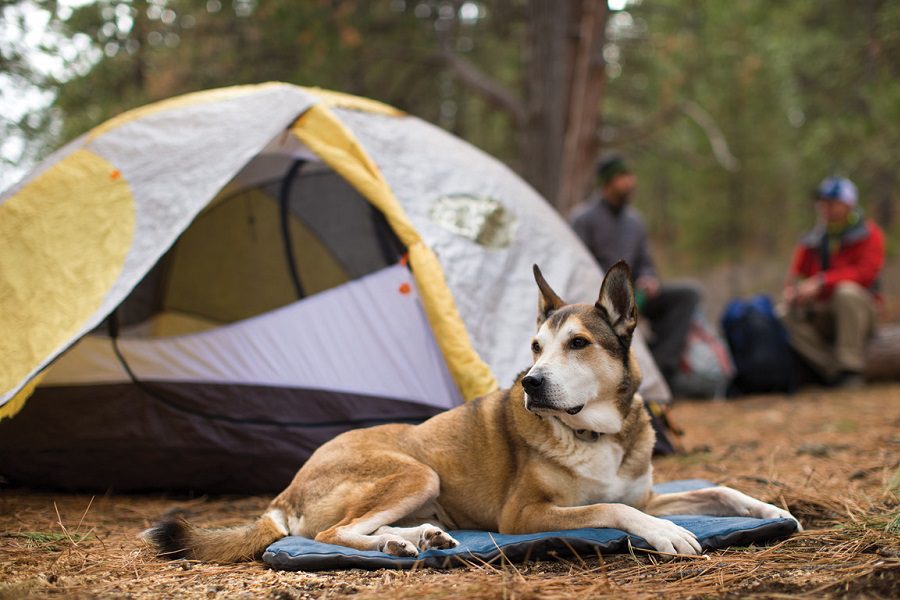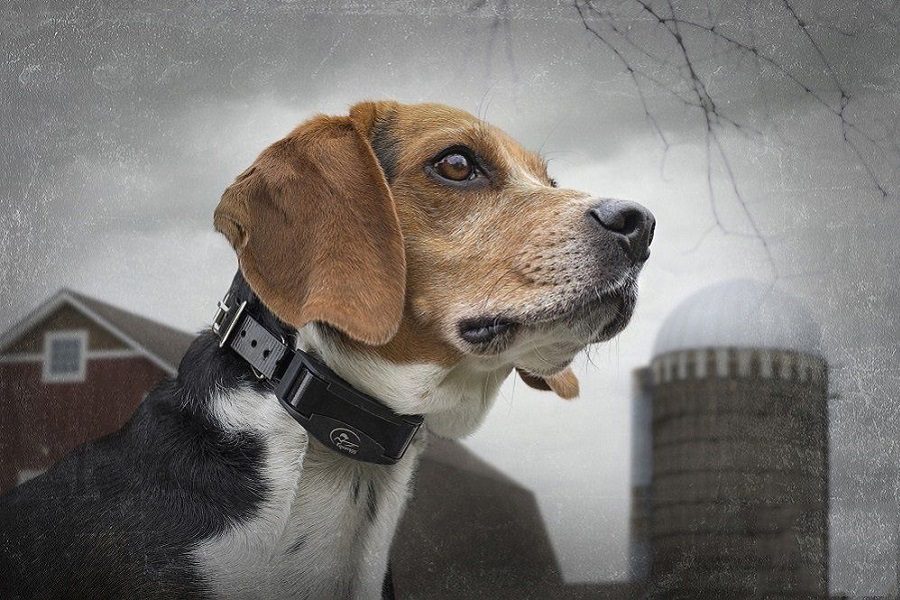Last Updated: 2 years ago
So, you just brought a new dog home and are eager to welcome it to the family.
To enjoy the dog’s presence, it needs to be trained, but you may not have much experience with dogs. The responsible use of a shock collar can be an asset.
Here are a few suggestions on how to train a dog with a shock collar.
Be a responsible pet owner and check with a veterinarian to learn about potential complications before starting any training with a collar, whether it’s with an e-collar, a scent collar, or a collar that emits ultrasonic sounds that only your dog can hear.
Sit
The ‘sit’ command should be the first one taught. Get plenty of pet treats and set your collar to the lowest setting your dog can feel. Gently nudge the collar and, at the same time, give the dog a treat. You want it to build positive associations first.
After your dog first gets used to the collar, you can start working on the sit command. Say the command word while holding a treat above and in front, simultaneously activating the collar. The dog will look up and drop its hindquarters.
Give the dog the treat, offer praise, and stop the collar shock as soon as the dog sits. You can gradually remove both stimuli as your dog learns what “sit” means.
Using the treat as a reward is vital. By only using the collar, you risk creating a negative association. Ensure the dog is comfortable with the collar before rushing into training.
Place
If you want your dog to go to a certain spot on command, the training process is similar to training to sit. We’ll assume the collar acclimation process is done, so you don’t need to worry about that step.
Put the dog on a firm leash attached to the e-collar. State the command, like “Home” or “Place”, or any word you want.
Lead the dog to the appointed spot while administering the shock on the lowest necessary setting. When the dog lies down on its cushion or wherever you lead it, cease the shock and give it a dog treat.
Heel
The “Heel” command is intended to make the dog come to you and wait patiently at your feet. It can be done with or without the leash, but it’s best to start training with the leash.
First, you should create your heel zone or the area in which you want the dog to remain. Put the collar and leash on your dog, position yourself accordingly, and start walking with the lead in a taut position.
The dog should get the hint quickly that you want him to stay in that area. If it moves outside the heel zone, provide a sharp verbal command of “heel” and draw the dog to you with a treat or by lightly pulling the leash.
Once it understands the basics, switch to using the e-collar to activate until the command is followed.
Keep the collar on the lowest setting possible and only use it if necessary. Reward the dog with plenty of treats and playtime after the training session is over. This lets it know you still love it and aren’t trying to hurt it.
How To Deter Bad Behavior

For e-collar training to be effective in curbing bad behavior in a dog, two factors need to be at play: first, the shock, spray, or other mechanism has to be strong enough to deter even an excited dog; and second, it must be applied immediately and consistently after the behavior.
Failing on the first count means the deterrent isn’t strong enough. This can happen because the owner is afraid, or the dog is too excited.
You don’t want to be afraid when training; you want to demonstrate that you are dominant and that the dog is to follow your commands.
Failing on the second count means that you fail to create the association between bad behavior and an unpleasant shock in your dog’s brain, so it doesn’t learn that its actions are unacceptable. Apply your e-collar settings during initial training and couple them with simple vocal commands.
When using a vocal command, you want to be calm but firm. Never yell or raise your voice excessively. A sharp “No!” should be the most you need.
As for the appropriate level of the shock collar, always use the lowest setting to avoid injury.
Know that in an excited state it may take higher shocks for the dog to register it or be willing to obey. Dogs that have a strong prey drive, for example, might chase after an animal no matter what they feel from the collar.
Do Not Misuse Your Collar

People who criticize the use of the electronic collar as a training tool claim that it is excessively cruel to dogs. When misused, it can create negative associations with you or with humans in general.
Only administer shocks when absolutely necessary, and only for short times at low intensities. Don’t train your dog when you are angry or upset.
Anger can make you more inclined to yell or use more force than you need. Neither of these behaviors fosters a healthy relationship with your dog. Just take the leash off, go inside, and calm down.
Note any unusual behaviors your dog has after time spent training with a shock collar. Timidity, aggression, and aversion can all occur because your dog may not understand what causes the shock; it could become prone to lashing out.
Consult your vet if you have questions or concerns. It might be worth looking into alternate collar training methods like citronella and other scent-based collars.
By following these rough guidelines and tailoring the collar training program to meet your needs, you can enjoy a fruitful relationship with your pet.
Eventually, you will not even need the collar. Your pet will learn what your commands mean and obey them without positive or negative stimuli.
Resources:



